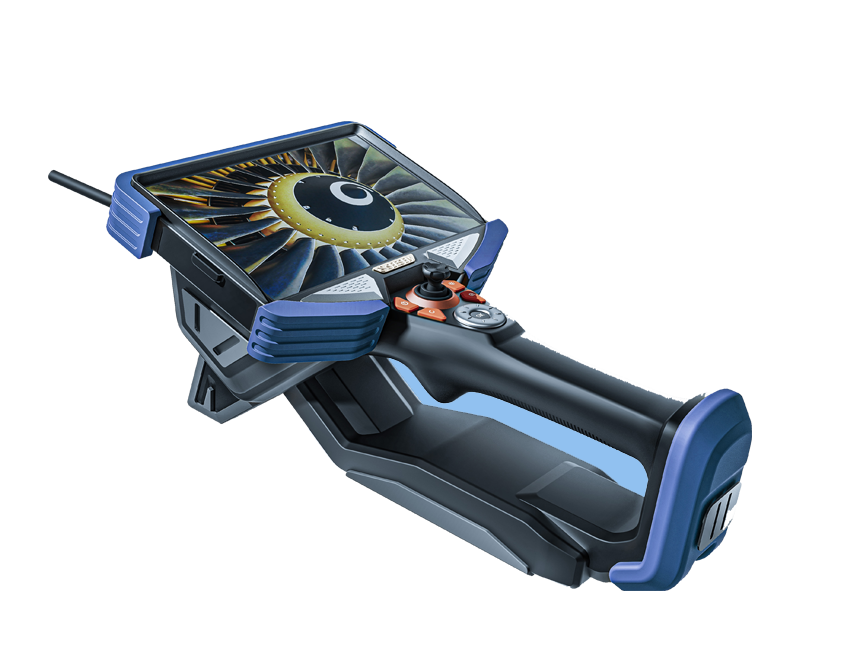Industrial videoscopes are important tools used in a variety of industries, including aviation, automotor, and engineering, for inspecting and analyzing hard-to-reach or inaccessible areas. En este articulo, we will discuss the installation, características, and types of industrial videoscopes.
Installation
Before using an industrial videoscope, it is important to follow the manufacturer’s installation instructions carefully. Typically, an industrial videoscope is composed of a handheld unit, a flexible insertion tube, a camera, and a monitor. The handheld unit is used to control the insertion tube and the camera, while the monitor is used to display the live video feed from the camera. To install the industrial videoscope, you will need to connect the handheld unit to the insertion tube and camera, and then connect the monitor to the handheld unit. Once the connections are made, you can power on the device and begin using it.
Características
Industrial videoscopes are designed to provide high-quality images and video feeds of hard-to-reach areas, and they come equipped with a range of features that enhance their functionality. Some of the key features of industrial videoscopes include:
Flexible insertion tube: The flexible insertion tube allows the videoscope to reach around corners and into tight spaces.
High-quality camera: The camera on an industrial videoscope is designed to provide clear and detailed images, even in low-light conditions.
LED lights: Many industrial videoscopes come equipped with LED lights, which illuminate the area being inspected and improve visibility.
Recording capabilities: Some industrial videoscopes can record video and images, allowing users to capture and analyze data for further study.
Types
There are several types of industrial videoscopes available on the market, each with its own unique features and capabilities. Some of the most common types of industrial videoscopes include:
Borescopes: Borescopes are designed for inspecting the inside of engines, tubería, and other cylindrical objects.
Fiberscopes: Fiberscopes use a bundle of fibers to transmit light and images, making them ideal for inspecting small and delicate parts.
Videoscopes: Videoscopes are similar to borescopes, but they are equipped with a camera and monitor for viewing and recording inspections in real-time.
Rigid scopes: Rigid scopes are designed for inspecting larger areas, such as walls or ceilings, and are typically equipped with a larger camera and monitor.
En conclusión, industrial videoscopes are powerful tools that provide high-quality imaging and video feeds of hard-to-reach areas in a variety of industries. By understanding their installation, características, and types, you can select the right industrial videoscope for your specific needs and ensure efficient and effective inspections.


